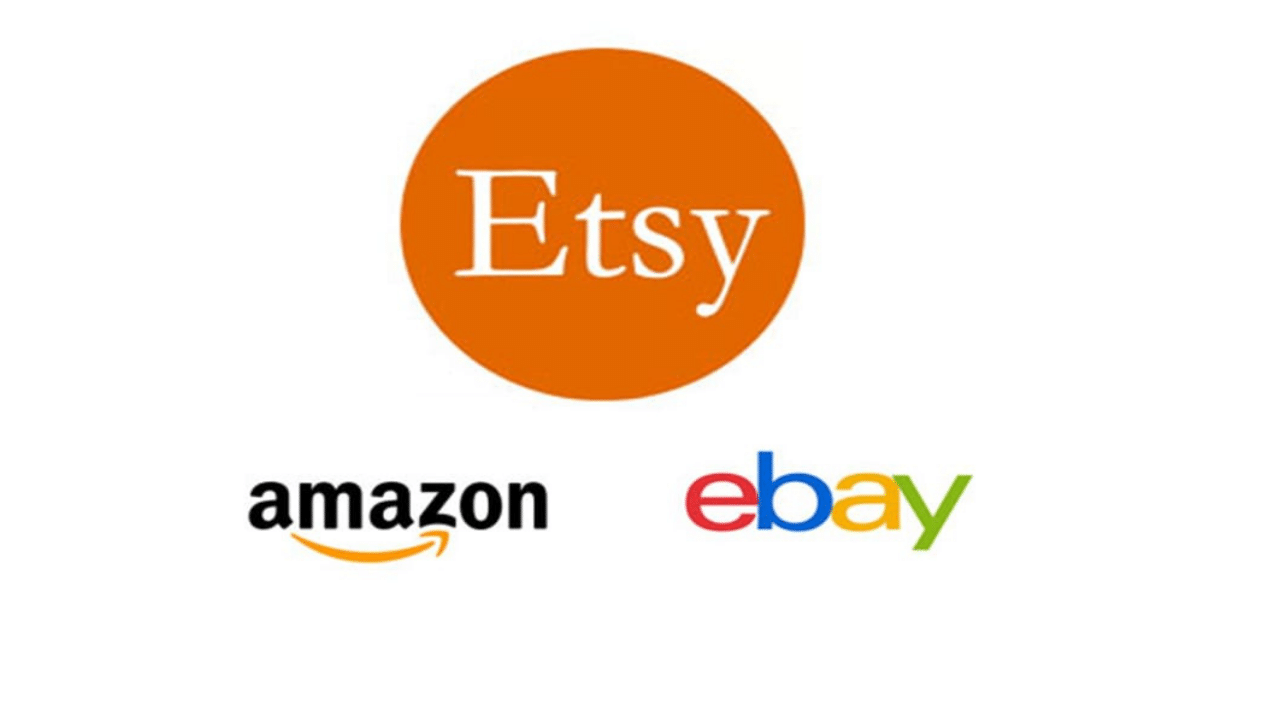The demand for medical services has always been high, and health has become a real trend today, leading to fierce competition in the medical field. Therefore, any clinic that wants to succeed must keep up with the trend and fully meet the expectations of previous clients. This especially means the dominance of innovative mobile technology. Yes, all modern hospitals and healthcare companies need their medical applications. Moreover, if you are not one of the pioneers, you should apply for Healthcare App Development Services. We will try our best to prove this more firmly. You will learn the key details of the problem, including the latest trends in healthcare mobility and the main advantages of healthcare applications.
Why do you need healthcare app development services?
Reduce diagnostic errors
A major redesign of the diagnosis process is required to improve diagnosis in healthcare and find the root cause of health problems. Diagnosis errors are complex and diverse issues. Medical diagnostic applications can greatly reduce diagnostic errors. Medical diagnostic applications related to the types of medical applications can help understand the patient’s disease, provide treatment, and prescribe appropriate treatment methods.
Convenient payment system
Another argument for investing in the development of mobile applications for the medical industry is to optimize the payment system. With the help of a secure payment service, users can make payments quickly through the app. Therefore, it can be said that avoiding cash is the new norm of healthcare.
Most loyal customers
The Healthcare app development services reduce customer loyalty and have a positive impact on customer loyalty. There are no doubt that people will choose these clinics to get all the information they need, schedule appointments with doctors, or view test results anytime, anywhere.
Improve efficiency
The integrated medical application and a centralized database enable clinicians to view patients’ electronic medical records, view test results, and create new records in a very efficient, simple, and convenient way. With all this information, doctors can see more patients at the same time and pay more attention to each patient, thereby improving the quality of service.
Excellent advertising tool
Mobile apps can be effective marketing tools. Use the push notification system to notify users of news, promotions, and special offers. This is the best way to turn unique customers into loyal customers.
Profitable financial investment
Of course, the healthcare app development services cannot be considered a cheap service, but if the game is worth it, it can. This financial investment will increase a hundredfold and bring additional benefits. A large number of grateful customers are satisfied with advanced medical services.
Convenient payment system
Another important reason for creating an application for the hospital is to optimize the payment system, which is beneficial to all participants. You (as the owner of the medical organization), doctors, patients
Main features to consider healthcare app development services
When deciding and preparing to continue developing health apps, you should consider some of the features to implement. Depending on the purpose of your application, some points may be listed below:
Find, select and consult a doctor
If you want to create any of the above medical applications, most of them need to have the following functions. Patients can call a doctor through video to search And to consult. For example, the doctor-on-demand app can provide the video consultations and clinical services that patients expect in the current situation.
Internal Navigation System
With the basic functions of the hospital app, you can display the route and have an internal navigation system. This allows patients to find the address of each department in the hospital quickly. In addition, by sending location-based notifications, users in nearby pharmacies and laboratories can be notified.
Multilingual and cloud storage
It is important for healthcare app development services to use their native language or their chosen language. These features can help you have a basic understanding of the services in the application. In addition, all data such as invoices, medical records, medical records, appointments, and analyses can be stored online on the device. With proper authorization, users can easily access it anytime, anywhere.
Automatic notification
It is a good idea to remind your users or patients of scheduled appointments. When it comes to online video requests, the push notification feature is very useful. The notification can be sent to the user 5 to 10 minutes before the contact.
Integration of Payment Gateway
To benefit from your health application, you need to understand the importance of a reliable payment system. Some of the most versatile and secure payment systems available today are Braintree, Dwolla, PayPal, and Stripe. You can also integrate payment aggregators like Apple Pay or Google Pay into your mobile healthcare apps.
Reminder
This function is used to notify patients of their scheduled or canceled appointments. This feature is especially useful for the elderly. If needed, it can also be changed and used as a pill reminder.






















